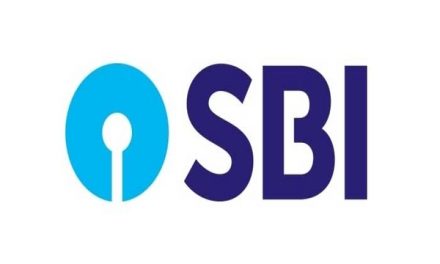SBI Mutual Fund has launched SBI Retirement Benefits Fund, a solution-oriented fund that offers four plans across risk profiles. The scheme also offers features like life cover up to a maximum of Rs 50 lakh per investor, option of two investment facilities of auto transfer, and quarterly systematic withdrawal facility. The fund opens for subscription on Jan 20 and closes on Feb 3.
“The investment objective of the scheme is to provide a comprehensive retirement saving solution that serves various financial needs of investors through long-term diversified investments in major asset classes. The investment amount is locked in for five years or until retirement (i.e., completion of 65 years of age), whichever is earlier,” says SBI Mutual Fund.
The fund will be managed by Gaurav Mehta (Equity), Dinesh Ahuja (Fixed Income), and Mohit Jain (Foreign Securities). The fund offers four investment plans – Aggressive (equity-oriented), Aggressive Hybrid (equity-oriented), Conservation Hybrid (debt-oriented), and Conservative (debt-oriented).
Fund details
The fund has four investment plans across a range of risk-profile — Aggressive, Aggressive Hybrid, Conservative Hybrid, and Conservative. The scheme aims to take exposure in foreign equities, gold ETFs, and REITs/InVITs beyond domestic equities and debt instruments.
“In addition to Equity and Debt instruments, every plan may take up to 20 percent exposure to Gold ETFs, up to 10 percent exposure to REITs/InVITs and foreign securities including overseas ETF to the tune, up to 35 percent in Aggressive Plan, up to 15 percent in Aggressive Hybrid Plan and Conservative Hybrid Plan and up to 10 percent in Conservative Plan,” says SBI Mutual Fund.
Key features
The scheme comes with an age-based ‘auto-transfer plan’ in which invested assets will be automatically switched to the investment plan of immediate lower risk as the investor crosses the maximum age associated with their current investment plan.
Moreover, SIPs registered under this with a tenure of three years-plus have insurance benefits. In case of an unfortunate event, the nominee stands to get the benefits to the tune of 20 times the monthly SIP installment in year one, 50 times in year two, and 100 times in year three and year four onwards. For example, if you start a monthly SIP of Rs 5,000, your insurance coverage will be Rs 1 lakh in year one, Rs 2.5 lakh in year two, and Rs 5 lakh in year three and four years onwards.
After the lock-in period is over, you may manage your cashflow with the help of the Systemic Withdrawal Plan (SWP) feature, but it is only available in the dividend option of the scheme. “Withdrawals will be made/ effected on the 25th of every month of that particular quarter and would be treated as redemptions,” says the fund house.
Should you invest?
If you are looking for hassle-free retirement planning with a disciplined approach to it, SBI Retirement Benefits Fund could be a good option. The five-year lock-in will ensure that you stay committed to your retirement goal, while exposure to foreign equities may make the returns enticing.
The ‘auto-transfer’ feature will help you manage your investments as per your age. As we age, we need to change the asset allocation of our portfolios. Typically we do it ourselves, but with the ‘auto-transfer’ in the scheme, the fund house will take care of it.
But, before you go ahead with putting money in the scheme, you should know it is not necessary to invest in the NFO stage. Once the NFO period ends and the fund house deploys the raised funds in various asset classes, you would know exactly where the scheme is invested and what expense ratio the fund house is charging. Moreover, one can start SIP only after the scheme is live. So the SIP Insure option will be available later.
Also, as you go for the retirement benefit fund, take a moment to compare it with one of the popular retirement planning investment avenues, the National Pension System. The fund management cost in NPS is quite less, while investment in NPS gives you tax deduction under section 80-CCD. Besides, on maturity, maximum 60 percent amount you may withdraw tax-free while 40 percent is deployed in an annuity plan for a regular pension. “The NPS has an edge when it comes to the taxation and cost, but the lock-in period is quite long, that is, you cannot withdraw your money until you turn 60. Secondly, NPS invests only in corporate bonds, government securities, and equities, while investment bouquet is wider in case of SBI Retirement Benefit Plan,” says Anil Chopra, Group Director – Financial Wellbeing, Bajaj Capital.
He further says that NPS and solution-oriented retirement funds are quite different from each other, and both hold a place in the retirement portfolio. “Not more than 20 percent of retirement portfolios should go in either of them,” Chopra points out.










